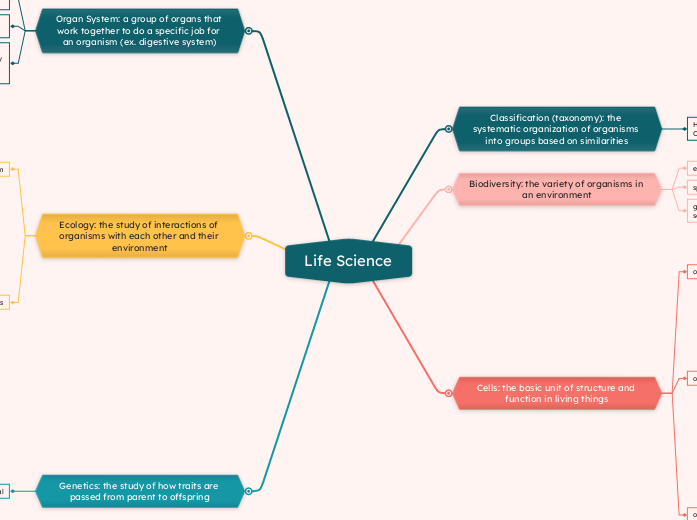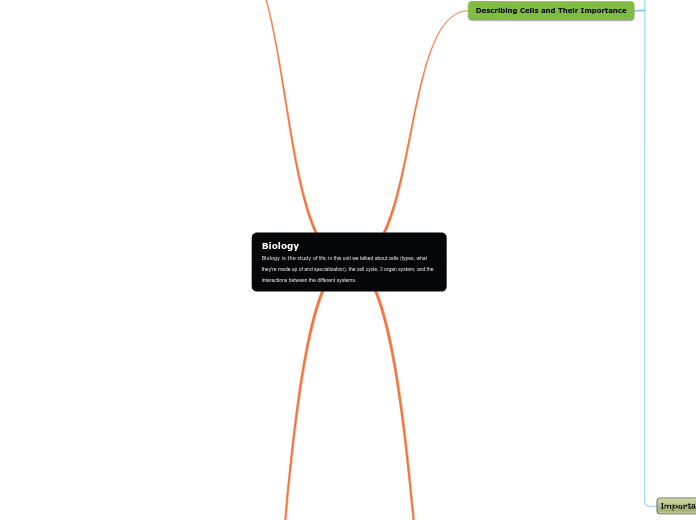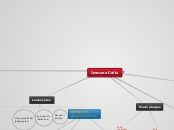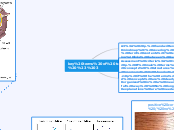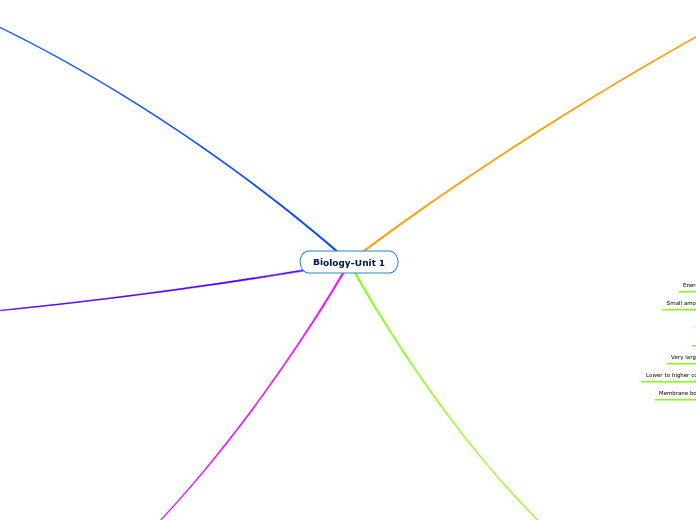Life Science
Genetics: the study of how traits are passed from parent to offspring
genetic material
genes: Segments of DNA carrying instructions for the traits of an organism. They are located on chromosomes
genetic variation: differences in traits among organisms of the same species
mutation: random change in gene
genetic processes
heredity: passing of traits from one generation to another
phenotype: appearance the trait takes on
genotype: set of genes carried by an organism
traits: pair of genes, alleles, that determine traits
sexual reproduction: process in which organisms reproduce by combining cells from two different parents
zygote: fertilized egg cell with a complete set of genetic material. a unique individual with some traits of the parent cell
fertilization: sperm and egg join together after reproduction
genome: all the genes an organism has
DNA: material found in the cell nucleus that determines the genetic traits of the organism
Ecology: the study of interactions of organisms with each other and their environment
population dynamics
behavior: an external activity or action that helps an organism survive in its environment or surroundings.
migration: the seasonal movement of animals from one place to another.
predator-prey relationships: keep an ecosystem balanced by preventing any one population from becoming too large
population: organisms of the same species living in the same place
Ecosystem
abiotic factors: non-living parts of an environment
water
air
sunlight
biotic factors: living parts of an environment
decomposer: organisms that feed on waste/remains of other organisms
consumer: organisms that consume other organisms
producer: organisms that make their food
Organ System: a group of organs that work together to do a specific job for an organism (ex. digestive system)
physiology: the study of all the physical and chemical processes that take place inside the body of an organism as it goes about its basic daily activities. (internal)
organs: are structures of two or more tissues that work together to carry out a specific job
tissues: are made up of cells woven together to perform specific jobs.
Cells: the basic unit of structure and function in living things
cell processes
cell division: cells divide to form new cells; chromosomes make copies of themselves; the copies separate to either end of the cell; the original cell divides in half, forming two new daughter cells, identical to the parent cell.
meiosis: during cell division that produces sex cells (eggs or sperm), which have only half the chromosomes of the parent cell
mitosis: during cell division the material from the cell nucleus divides
photosynthesis: the food-making process of plants and other organisms; carbon dioxide, water, and energy (sunlight) create glucose (plant’s food) and oxygen.
cellular metabolism: a set of chemical activities that occur in a cell for it to sustain life.
cellular respiration: oxygen is combined with glucose in the cell to release energy; also produces carbon dioxide and water.
cell types
unicellular: made up of one cell
multicellular: made up of multiple cells
eukaryotic: have membrane-bound structures
animal cells
plant cells
prokaryotic cells: do not have membrane-bound structures
cellular material
chromosomes: genetic material made up of DNA; genetic structures that contain the information used to direct cell activity and make new cells
DNA: material found in the cell nucleus that determines the genetic traits of the organism
nucleus: home to the chromosomes
Biodiversity: the variety of organisms in an environment
genetic diversity: differences of animals within the same species
species diversity: variety of different animals
ecosystem diversity: differences in ecosystem
Classification (taxonomy): the systematic organization of organisms into groups based on similarities
Hierarchial categories: Kingdom, Phylum, Class, Order, Family, Genus, Species
